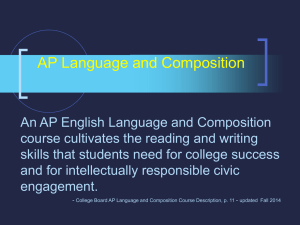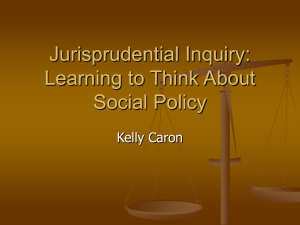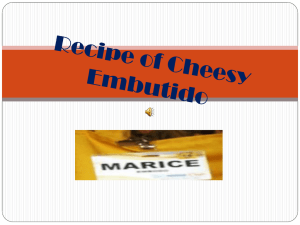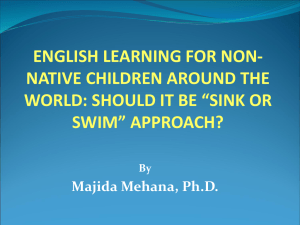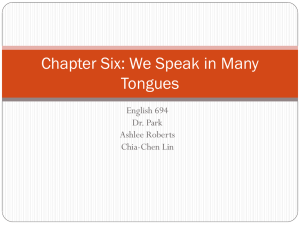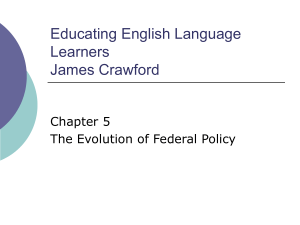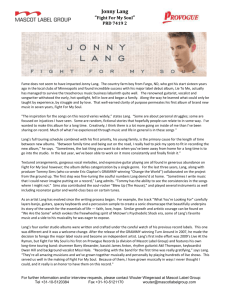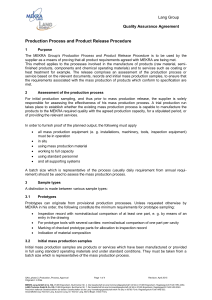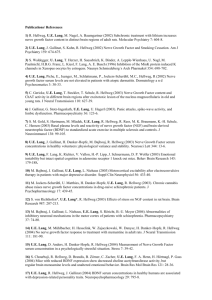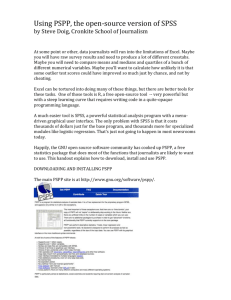Class 9
advertisement
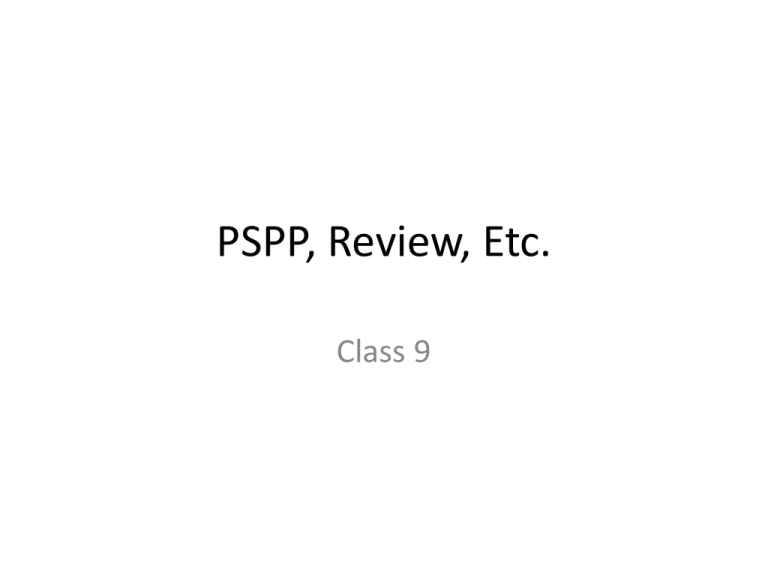
PSPP, Review, Etc. Class 9 Presentations • • • • Jennell Danielle Katie Liz • 2 historical/qualitative brief “sharing” Correlation b/w Dichotomous and Continuous Variables • The point biserial correlation coefficient, here symbolized as rpb, pertains to the case where one variable is dichotomous and the other is nondichotomous. By convention, the dichotomous variable is treated as the X variable, its two possible values being coded as X=0 and X=1; and the non-dichotomous variable is treated as the Y variable. • http://vassarstats.net/pbcor r.html 2 Way Factorial Designs (2 independent variables [often one manipulated, one attribute) 2X2 (2 levels of both variables) METHOD Language Classification Traditional Kodaly Bilingual 1 Bilingual 2 Non-Bilingual 1 Non-Bilingual 2 Interpreting Results of 2x2 ANOVA • (columns-main effect) Kodaly was more effective than Traditional methods for both bilingual and non-bilingual students • (rows-main effect) Bilingual students scored significantly higher than non-bilingual students, regardless of teaching method • Could be a significant interaction between language and teaching method – If there was significant interaction, we would need to do post hoc Tukey or Sheffe do determine where the differences lie. Post Hoc (ANOVA to Tukey) • Main Effects for LANG & METHOD • Interaction b/w LANG & METHOD (treatment may have only worked for one LANG group) • BT < BK P<.01 (no surprise [m.e. for meth]) • BT < NBT P<.01 (no surprise [m.e. for lang]) • BT < NBLK P<.01 (no surprise [m.e. for meth & lang]) • NBLT = BK nonsignificant • NBLT = NBLK nonsignificant (treatment only makes a difference for bilingual students!!) • BK < NBLK P<.01 PSPP • Limited number of tests • Accurate and fast • Import CSV EXCEL files – Comma delimited • Surveys



